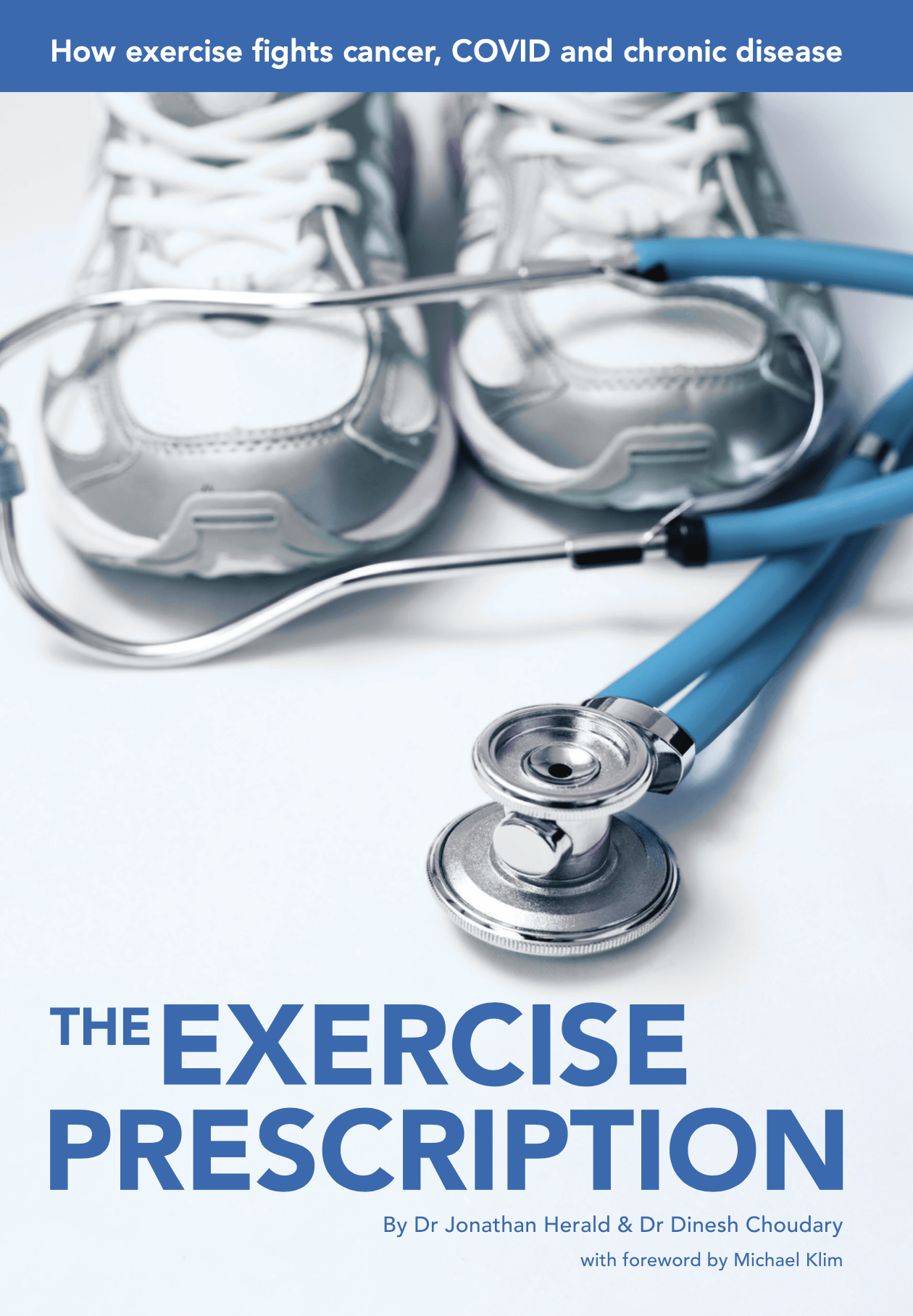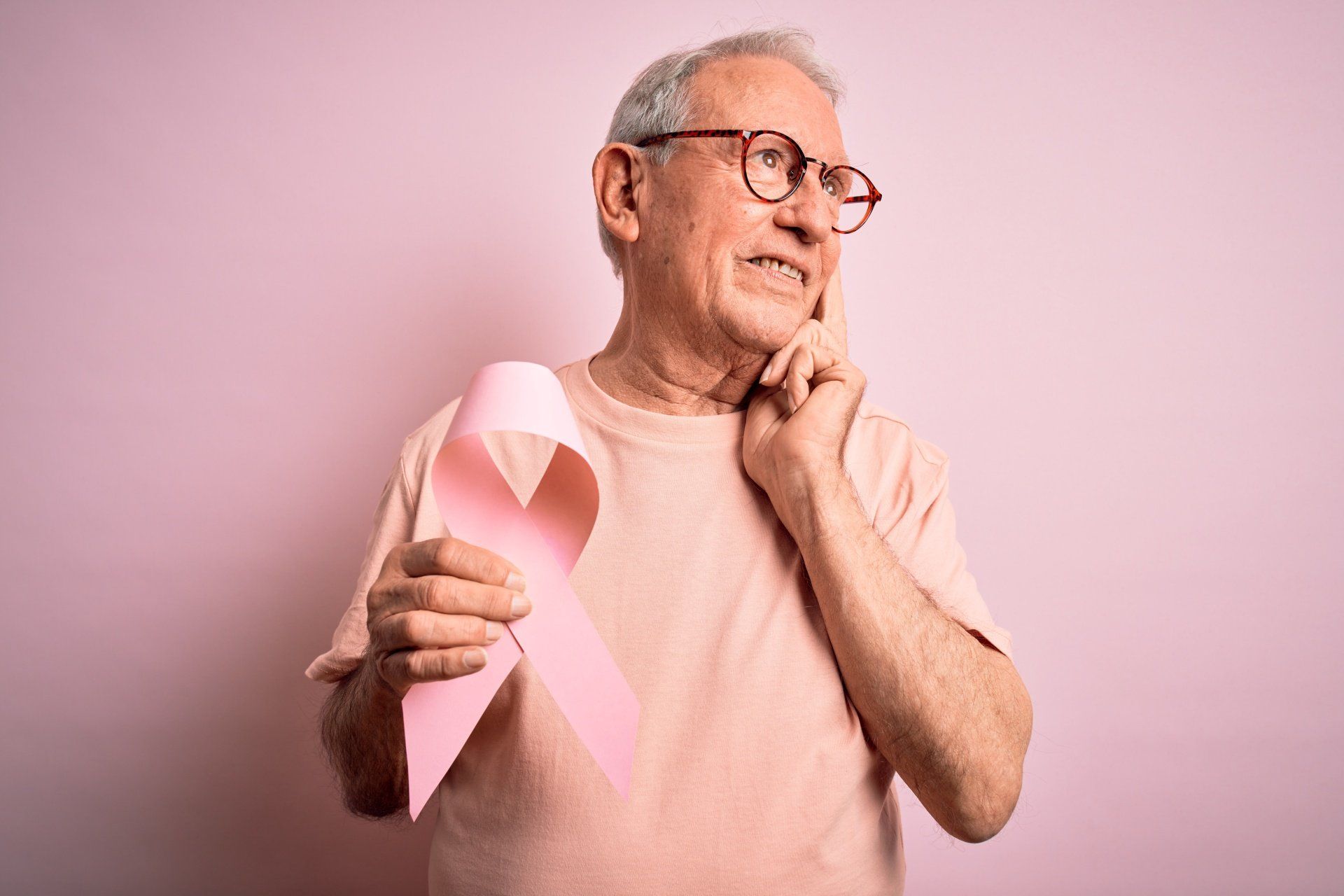Here are 3 updates from the latest research on exercise and breast cancer prevention.
How much exercise is enough?
Much more than you think! A study published in The Journal of Clinical Oncology reported 2.5 to 5 hours of moderate activity or 1.25 to 2.5 hours of vigorous activity per week significantly reduced the risk for 7 cancer types: colon, breast, endometrial, kidney, multiple myeloma, liver and non-Hodgkin lymphoma. Specifically, there is a 10% lower risk of breast cancer. The Cancer Council guidelines recommend at least 1 hour of moderate activity daily or 30 minutes of vigorous activity daily to reduce your cancer risk.
Matthews CE, Moore SC, Arem H, et al. Amount and Intensity of Leisure-Time Physical Activity and Lower Cancer Risk. J Clin Oncol. 2020 Mar 1;38(7):686-697.
Does it matter when I exercise?
A study published in the International Journal of Cancer found the beneficial effect of physical activity to reduce breast cancer risk was stronger when the activity was regularly done in the morning (8-10 am). It is suggested that the timing of physical activity has different effect on the body’s production of oestrogen. Higher levels of oestrogen are associated with increased breast cancer risk. Physical activity is associated with lower oestrogen levels and the body’s oestrogen production peaks at around 7 am. Physical activity in the morning, rather than evening, might reduce oestrogen levels shortly after the morning peak.
Weitzer J, Castaño-Vinyals G, Aragonés N, et al. Effect of time of day of recreational and household physical activity on prostate and breast cancer risk (MCC-Spain study). Int J Cancer. 2020 Sep 25.
What about if I have had breast cancer?
Exercise is even more important! A study focusing on breast cancer patients, published in the Journal of the National Cancer Institute, found that patients who met the minimum exercise guidelines before and after cancer treatment had a 55% decrease in risk of their cancer returning and a 68% decrease in risk of death. Patients who started exercising only after treatment still had benefits - a 46% decreased chance of recurrence and a 43% decreased chance of dying. A few hours of consistent, weekly exercise result in the same survival benefits as longer periods of weekly activity. The Clinical Oncology Society of Australia (COSA) recommends “all people with cancer should avoid inactivity and return to normal daily activities as soon as possible following diagnosis.”
COSA guidelines recommended 150 minutes of moderate intensity exercise or 75 minutes of vigorous intensity exercise per week, and 2 to 3 resistance exercise sessions per week.
Cannioto RA, Hutson A, Dighe S, et al. Physical activity before, during and after chemotherapy for high-risk breast cancer: relationships with survival. J Natl Cancer Inst. 2020 Apr 2:djaa046.





